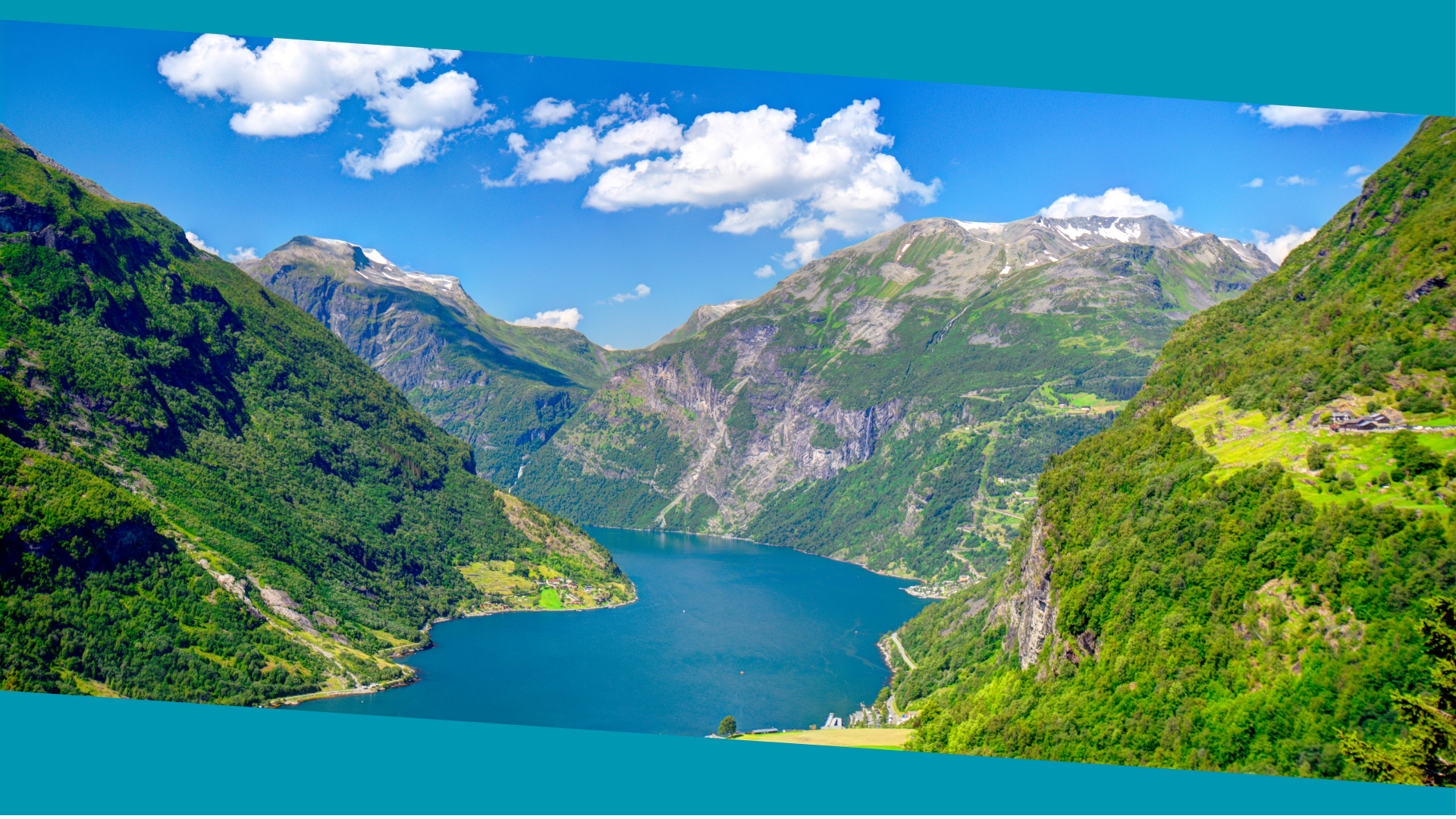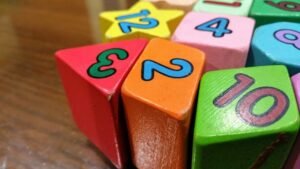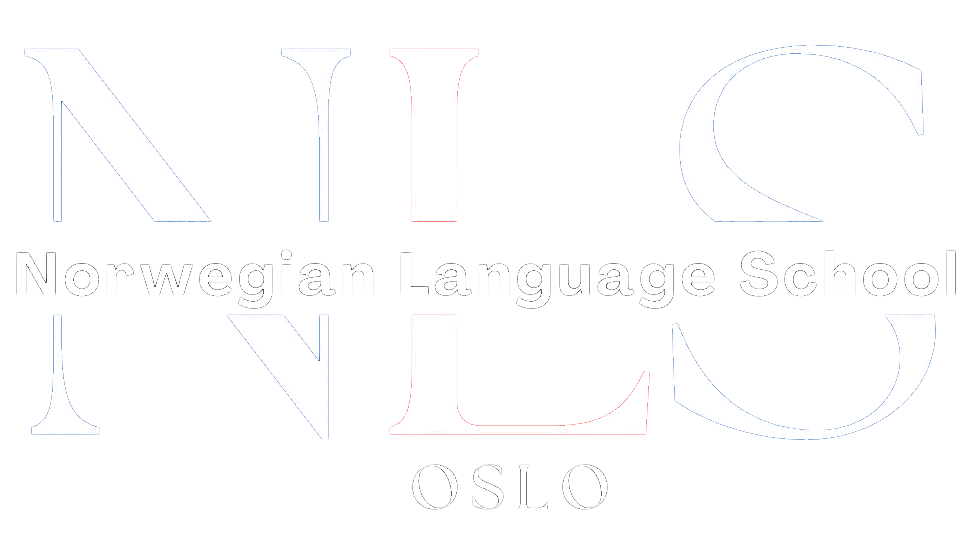Have you ever wondered about the fascinating creatures that roam the realms of Norse mythology? From monstrous giants to legendary beasts, the world of Norse myth is filled with an array of captivating creatures that have captured the imaginations of people for centuries. Join us on a journey through the enchanting realms of Norse mythology as we uncover the secrets and stories behind these mystical beings.
Table of Contents
ToggleKey Takeaways:
- Discover the fearsome jötunn creatures and their connections to the gods
- Explore the tales of legendary Norse beasts like Fenrir and Jormungandr
- Uncover the mysteries of lesser-known mythical beings like the Huldra and Nøkk
- Learn about Loki, the cunning trickster god, and his monstrous offspring
- Delve into the terrifying world of trolls and draugr, legendary foes in Norse folklore
The Mighty Jötunn: Giants of Norse Mythology
Among the many captivating creatures in Norse mythology, the jötunn, or giants, hold a prominent position. These formidable beings are known for their immense power and their significant connections to the gods and the natural world. Let us delve into the tales and characteristics of some famous jötunn figures.
Ymir
Ymir, the primordial giant, emerged from the void and gave birth to the frost giants through the perspiration of his armpits. As the ancestor of the jötunn creatures, he embodies the chaotic and elemental forces of creation. Ymir’s body was eventually used by the gods to form the world.
Skadi
Skadi, the frost giantess, is associated with winter, skiing, and archery. Seeking revenge for her father’s death, she bargained with the gods and married Njord, a Vanir god. Skadi’s fierce spirit and her power over the mountains and wilderness are emblematic of the jötunn’s wild and untamed nature.
Thrym
Thrym, the jotunn king, is infamous for his audacious theft of Thor’s hammer, Mjölnir. This act triggered a daring mission to retrieve the stolen weapon. Thrym’s cunning and immense strength showcase the prowess of jötunn creatures in Norse mythology.
| Jötunn | Description |
|---|---|
| Ymir | The primordial giant and progenitor of the frost giants. |
| Skadi | A fierce frost giantess associated with winter and the mountains. |
| Thrym | The jotunn king known for stealing Thor’s mighty hammer. |
The jötunn creatures in Norse mythology are not simply monstrous figures but complex beings with rich stories and deep connections to the mythological world. Their presence adds depth and intrigue to the epic tales of the Norse gods and heroes.
Ferocious Beings: Creatures from Norse Folklore
Immerse yourself in the world of Norse folklore, where a myriad of fantastical creatures exists. These legendary beings, steeped in myth and mystery, have captured the fascination of storytellers and enthusiasts for centuries.
Fearsome Beasts
One of the most renowned Norse mythological beasts is Fenrir, the monstrous wolf. Born from the trickster god Loki, Fenrir’s insatiable appetite for destruction earned him a fearsome reputation among gods and mortals alike. His role in the fabled Ragnarok, the apocalyptic battle of the gods, showcases Fenrir’s power and ferocity.
Jormungandr, the colossal sea serpent, is another formidable creature from Norse tales. Said to encircle the world, Jormungandr’s immense size and venomous nature make him a symbol of chaos and upheaval. The prophecies foretell his epic clash with Thor during Ragnarok, where their battle will shape the fate of the cosmos.
Surtr, the fire-giant, represents both destruction and rebirth. As the ruler of Muspelheim, the fiery realm, Surtr wields his burning sword and brings forth the flames that will engulf the world in Ragnarok. Through this cataclysmic event, Surtr’s role is pivotal in the cycle of creation and destruction.
Origins and Impact
These mythological beasts hold immense significance in Norse mythology. Each creature has its origins deeply intertwined with the complex web of Norse cosmology and the divine pantheon. They personify natural forces, such as fire and the sea, embodying the power and unpredictability of nature itself.
Moreover, these legendary creatures played crucial roles in the stories of legendary Norse heroes. Their encounters with heroes such as Thor and Odin provided thrilling narratives and lessons about courage, strength, and the complexities of the world. The battles between these heroes and mythological beasts served as tests of bravery and showcased the underlying themes of Norse mythology.
“Through tales of these fearsome creatures, ancient Norse people sought to understand the world around them, explore the nature of heroism, and confront the inevitability of chaos and destruction.”
As we delve deeper into the world of Norse mythology, the influence and allure of these mythical creatures become increasingly apparent. Their stories not only captivate our imaginations but also offer glimpses into the beliefs and values of the ancient Norse civilization.
The Enigmatic Huldra and the Mischievous Nøkk
Delve into the lesser-known mythical beings of Norse lore, such as the mysterious Huldra, a seductive forest creature, and the mischievous Nøkk, a shape-shifting water spirit. Uncover their intriguing stories and the symbolism they hold within Norse mythology.
Tricks and Transformations: The Cunning Loki
Loki, the trickster god, is a central figure in Norse mythology renowned for his mischief and shape-shifting abilities. His complex relationships with the gods and his cunning schemes have left an indelible mark on the Norse pantheon. Through his web of deception, he brings chaos and disruption to the realms of gods and humans alike.
Intricate Relationships
Loki’s relationships with the gods are characterized by both camaraderie and conflict. As the blood brother of Odin, he possesses a close bond with the ruler of the gods. However, his actions often lead to tension and mistrust among the divine inhabitants of Asgard. Loki’s clever and deceitful nature often pushes him towards conflict and manipulation, leading to dire consequences for himself and others.
Cunning Schemes
Loki’s cunning schemes are legendary in Norse mythology. He uses his shape-shifting abilities to disguise himself and deceive both mortals and gods. One of his most infamous schemes involves the theft of Thor’s beloved hammer, Mjolnir. Loki’s elaborate plan tests the limits of his trickery and cunning, challenging the gods and causing chaos in the Nine Realms.
“Loki’s mischief knows no bounds, and his schemes have consequences that ripple throughout the realms. He is the embodiment of chaos and unpredictability in Norse mythology.”
Monstrous Offspring
Aside from his trickery, Loki is also known for his monstrous offspring. The most notorious are Fenrir, the monstrous wolf, and Jormungandr, the Great Serpent. These mythical creatures, born from Loki’s union with giantesses, embody the destructive power of nature and pose significant threats to the gods and the world.
| Offspring | Description |
|---|---|
| Fenrir | A giant wolf with an insatiable appetite for destruction. It is foretold that during Ragnarok, Fenrir will be unleashed and wreak havoc on the gods and the world. |
| Jormungandr | A massive serpent that slumbers in the depths of the ocean. When awakened, Jormungandr will engage in a cataclysmic battle with Thor during Ragnarok. |
Through Loki’s trickery and transformations, the Norse mythology becomes a thrilling tale of chaos, conflicts, and consequences. His presence in the pantheon adds an element of unpredictability, reminding us that even the gods themselves are not immune to the consequences of their actions.
Legendary Foes: Trolls and Draugr
In Norse mythology, the world is home to terrifying creatures that embody darkness and danger. Two of the most legendary foes are trolls and draugr. From the haunting mountains to the eerie burial grounds, these mythical beings have left their mark on Norse lore.
Trolls: Guardians of the Mountains
Anchored in the mountains and dense forests, trolls are formidable creatures known for their immense strength and grotesque appearance. According to Norse mythology, trolls are often depicted as towering giants with coarse skin, long noses, and large ears. They have a reputation for being solitary and elusive, emerging from their hidden lairs only at night.
Trolls were believed to be fearsome adversaries that roamed the wilderness, preying on humans and livestock. They possessed an innate ability to turn to stone when exposed to sunlight, exploiting this vulnerability to remain hidden during daylight hours.
Draugr: Guardians of the Burial Grounds
Unlike trolls, draugr are not living beings but reanimated corpses. These undead creatures were said to guard burial grounds and their treasures, laying a curse on anyone who dared disturb their domains. Draugr were often associated with a foul stench and depicted as decomposing warriors with superhuman strength.
In Norse mythology, it was believed that those unfortunate enough to encounter a draugr would suffer terrible consequences. The draugr would rise from its grave, terrorize the living, and drain the life force of their victims. They were known to possess magical abilities and could alter their size, shape, and appearance, making them even more formidable adversaries.
Folklore and Tales
Trolls and draugr have left an indelible mark on Norse folklore, inspiring countless tales and cautionary stories. These mythical beings have become symbols of the dangers that lurk in the untouched wilderness and the consequences of disrespecting the spiritual realm.
| Trolls | Draugr |
|---|---|
| Towering giants with coarse skin, long noses, and large ears | Decomposing warriors with superhuman strength |
| Solitary and nocturnal creatures | Reanimated corpses that guard burial grounds |
| Turn to stone in sunlight | Drain the life force of their victims |
| Prey on humans and livestock | Curse those who disturb their domains |
These mythical creatures continue to captivate our imagination, reminding us of the perilous and supernatural aspects of Norse mythology.
Conclusion
As we reach the end of our journey exploring monsters in Norse mythology, we have uncovered a mesmerizing world of mythological creatures. From the awe-inspiring might of the jötunn to the sly and cunning Loki, Norse mythology is filled with a remarkable cast of beings that have captured the imagination of both ancient and modern audiences.
Throughout our exploration, we have encountered fearsome beasts like the monstrous wolf Fenrir and the fire-giant Surtr, as well as enigmatic creatures such as the seductive forest-dweller Huldra and the shape-shifting water spirit Nøkk. Each of these beings holds a unique place in Norse mythology, embodying powerful symbolism and playing vital roles in epic tales of heroism and treachery.
The rich tapestry of Norse mythological creatures continues to inspire artists, writers, and storytellers to this day, reminding us of the enduring power of mythology in shaping our understanding of the world. Whether we are captivated by the formidable might of giants or enchanted by the trickery of Loki, the creatures of Norse mythology have left an indelible mark on our collective imagination, and their stories will continue to be told for generations to come.








